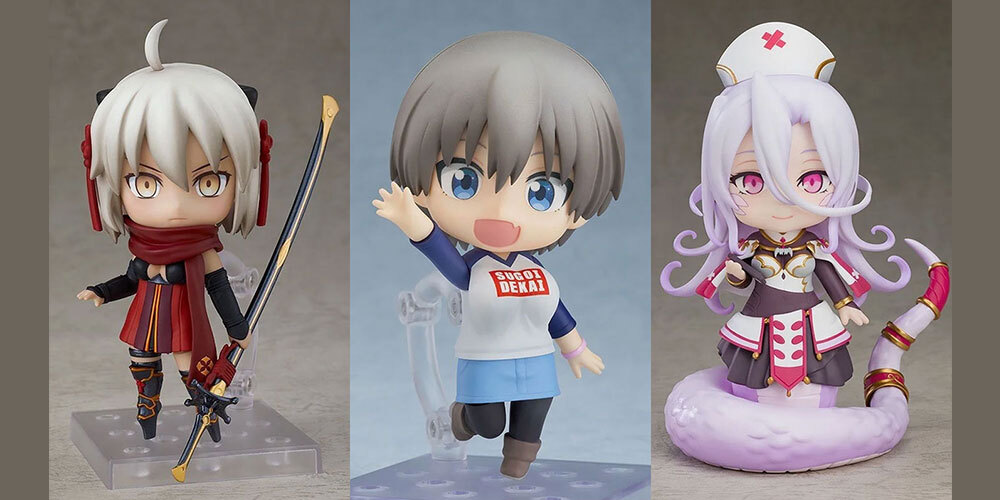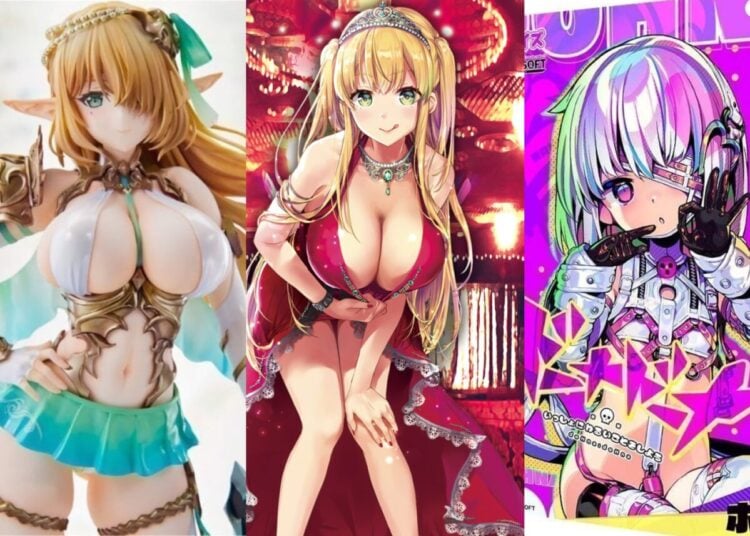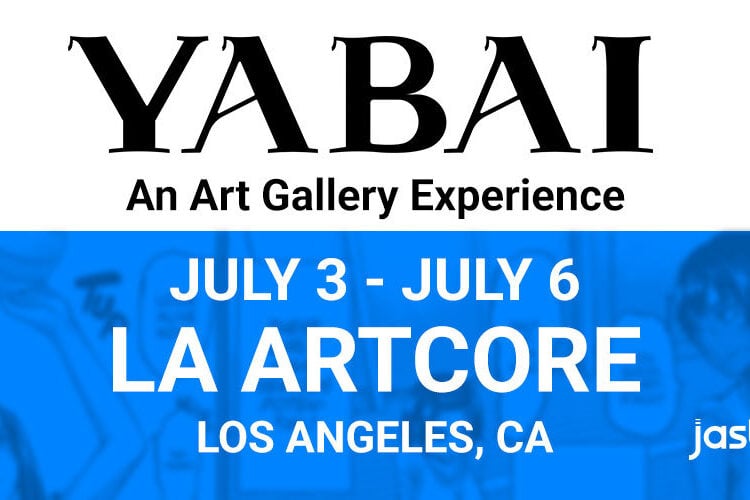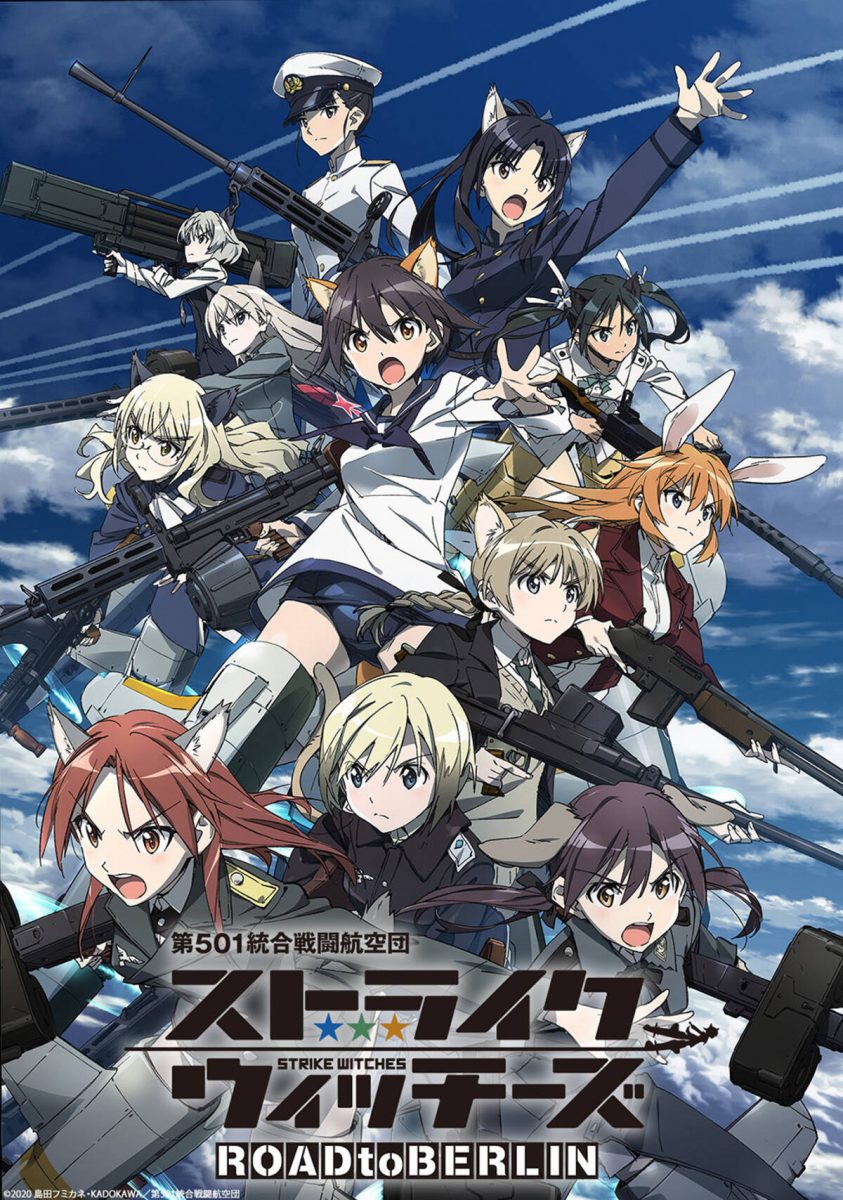Over the weekend I took a rare trip into Tokyo to eat dinner with my son and see how the city was getting on during the crisis. We were also eager to visit during “Silver Week,” an extended holiday when most Tokyo-ites would travel to their parents’ homes, meaning we could enjoy a nearly-empty city. While I was there I decided to reserve tickets for the MANGA CITY TOKYO art exhibit event at the National Art Center in Roppongi. And here’s my report on the event!
The MANGA CITY TOKYO art exhibit is a massive visual celebration of the city of Tokyo viewed through the history of manga comics, animation, and video games from the classic Godzilla films through the legendary manga and anime we all grew up with. It was amazing, featuring 100+ works that allow us to see Tokyo through the eyes of Japan’s popular culture.
Going to a museum during the age of COVID-19 is a challenge, of course. All museums closed for several months during the lockdown period, so you have to pre-register ahead of time, so the museum can ensure that no more than 50 people will be inside to avoid crowding. Coupled with taking temperature before entry, alcohol bottles for sanitizing hands, social distancing, and the wearing of protective masks that the Japanese were already very good at, visiting a museum is a surprisingly enjoyable experience.
(The event ends November 3, if you’re lucky enough to be in Japan or in a position to make the trip to visit the event. The official event website is here. Remember that all tickets must be bought online ahead of time.)
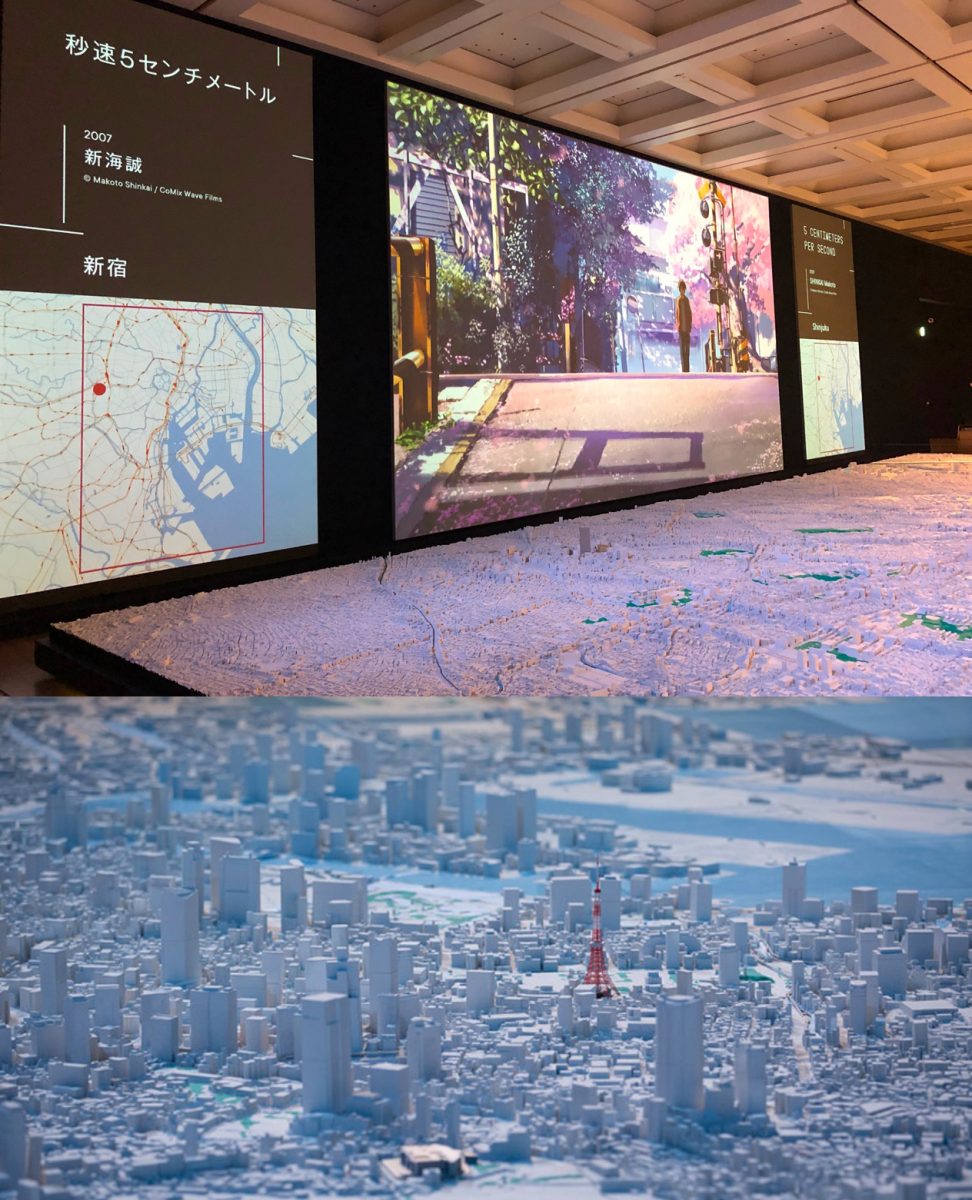
Celebrating Tokyo through Manga and Anime at MANGA CITY TOKYO
The first thing when you enter the beautiful hall is a giant relief map of Tokyo showing the city spreading out across the Kanto Plain. While exciting scenes from the works of pop culture set in Tokyo play on the large screen, the place that that anime took place in would light up, for example, the Minato-ku region during Godzilla’s destruction in Shin Godzilla, or the location of Neo Tokyo in Akira, or Akihabara for Steins;Gate. It was fun to watch each short scene and see the geographical location light up on the map.
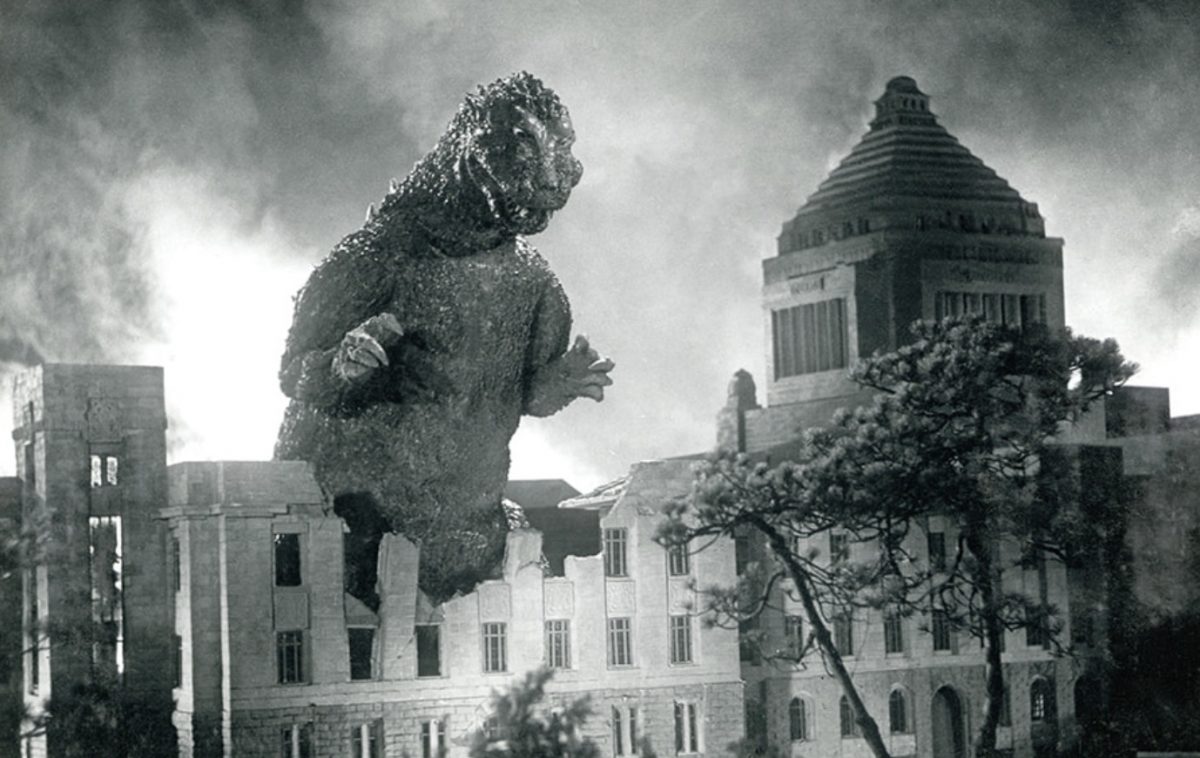
We start off celebrating some of the first visual representations of Tokyo in any pop-culture form, 1954’s Godzilla. While we might view the film as the father of the monster movie genre with lots of awesome action, Japanese moviegoers seeing the film less than 10 years after the end of WWII would of course be viewing the scenes of destruction through very different eyes.
Tokyo as a Place of Destruction and Rebuilding
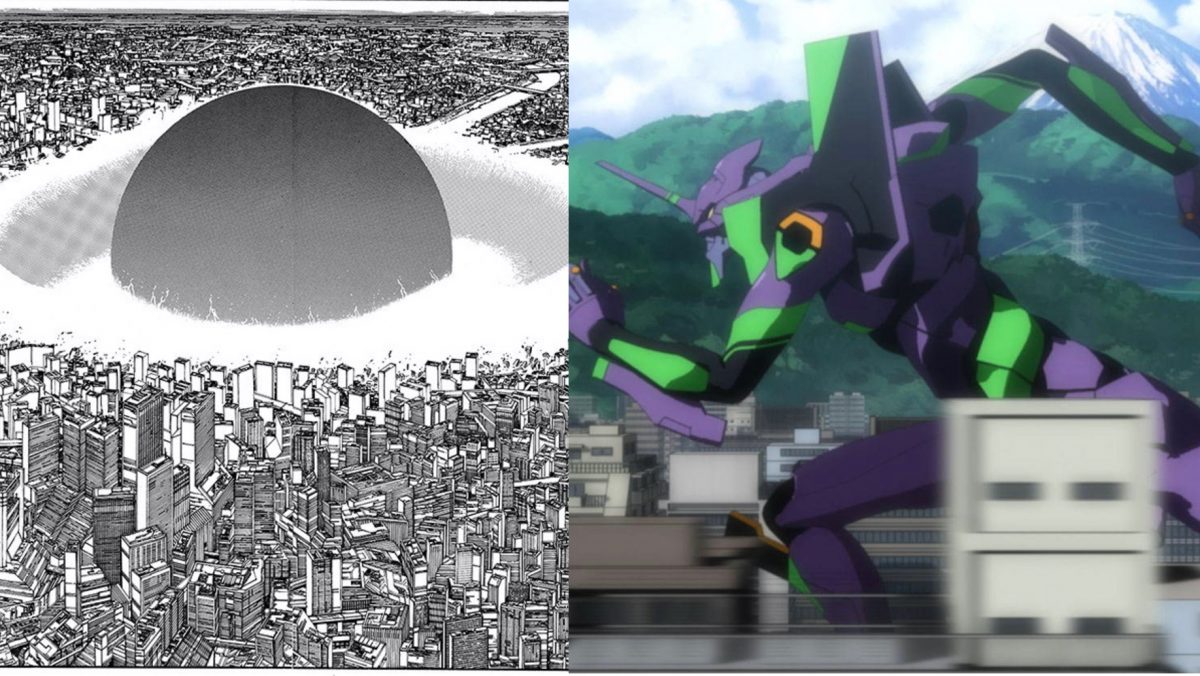
The theme of Tokyo as a city seen while it’s in the middle of being destroyed continues through works like Akira and Evangelion. This destruction goes hand-in-hand with imagery showing how resilient Tokyo is, always rebuilding into a better version of itself.
Daily Life in Tokyo
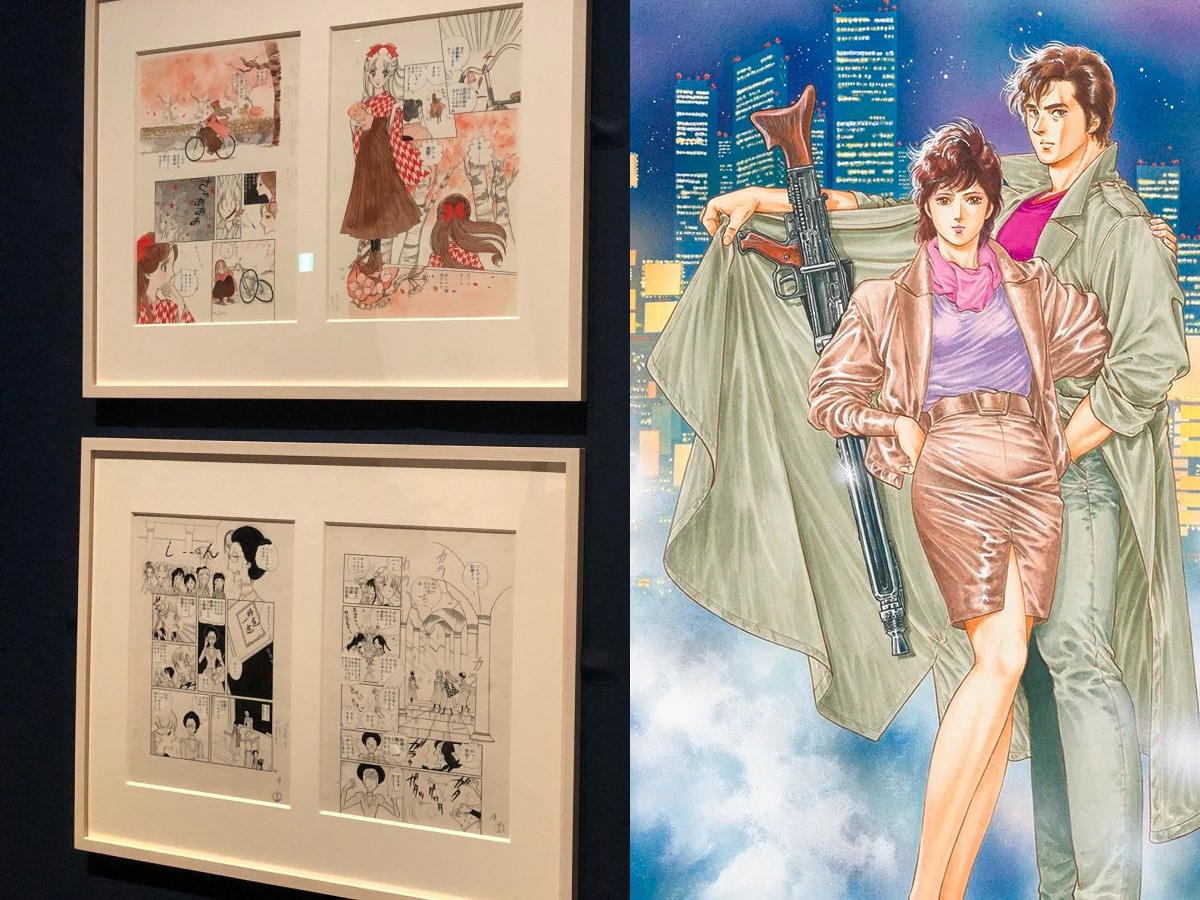
The second theme explored in the exhibit was how we can trace how the daily life of residents of Tokyo played out through the medium of anime and manga over the years, whether it’s the Meiji era (as seen in Ruroni Kenshin) or Taisho (as captured in Sakura Wars), or Shinjuku in the giddy years of Japan’s economic bubble (as explored in City Hunter). One of the best things about the exhibit was seeing many manga pages mounted for us to inspect, which are all original artist pages, often with the printing instructions visible to our eyes.
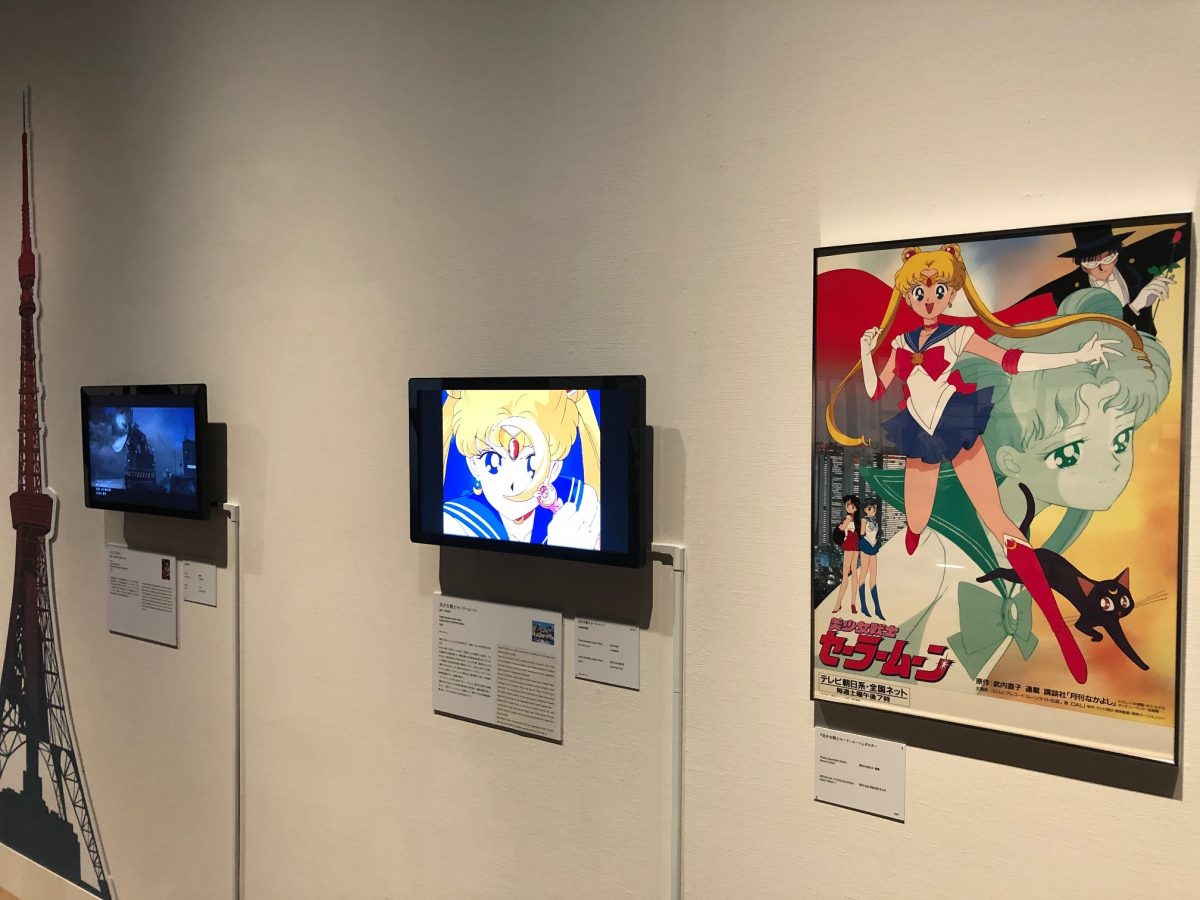
Another point the exhibit made was that Tokyo is unique in that it has no old monuments for its citizens to gather around culturally, as the city was basically rebuilt from scratch after 1945 due to the destruction of allied bombing during the war. As such, the city needed to invent new iconic places, which it did in various ways. One early “holy land” for manga creators for Tokyo Tower, which was well-represented in works by Sailor Moon-creator Naoko Takeuchi as well as the four artists who made up CLAMP. These artists came to Tokyo from more rural parts of Japan, and the iconic Tokyo Tower (a replica of the Eiffel Tower built in 1958) clearly represented the booming vitality of Tokyo to these creators.
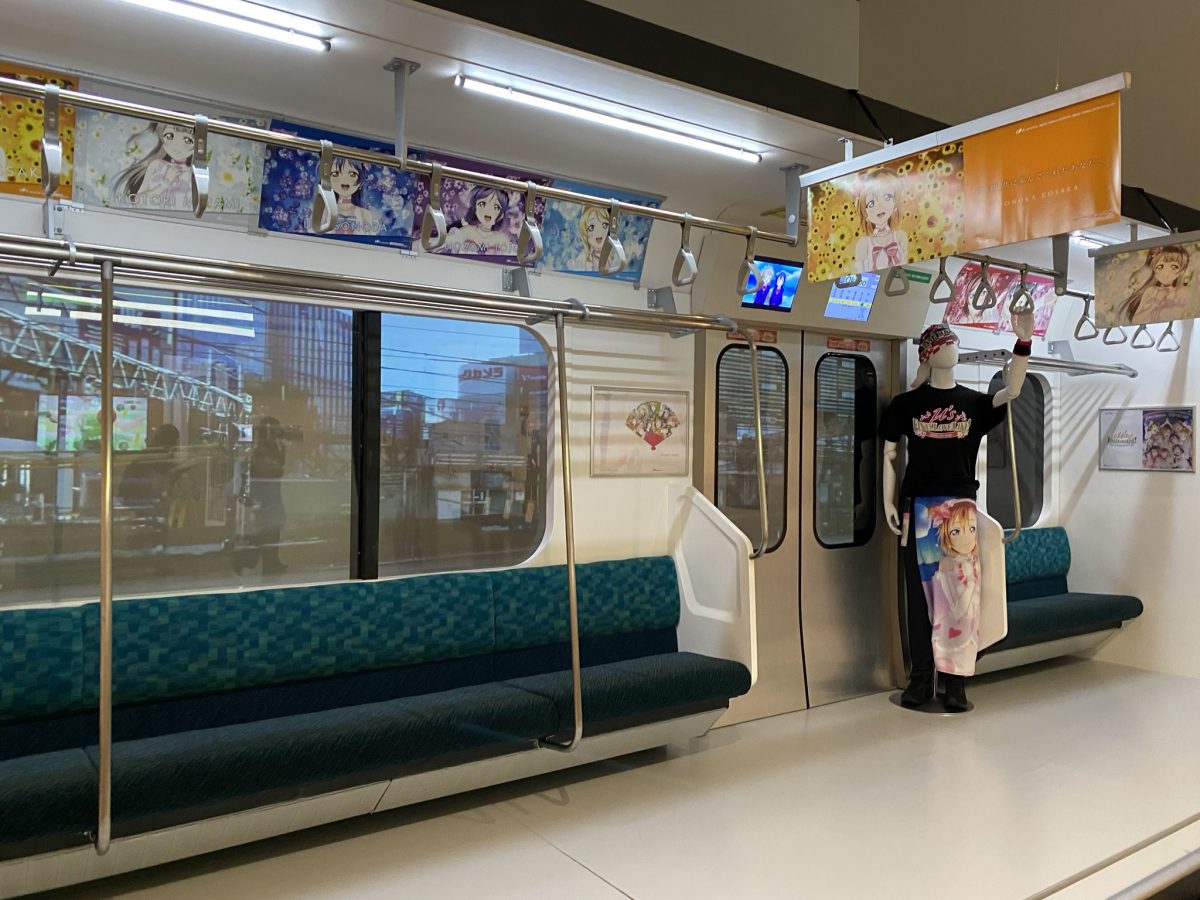
There were a few other cool things at the event, like a re-creation of a train car with a video that shows us arriving at Akihabara, or Tokyo Big Sight for the Comiket event.
Enjoy more pictures below…
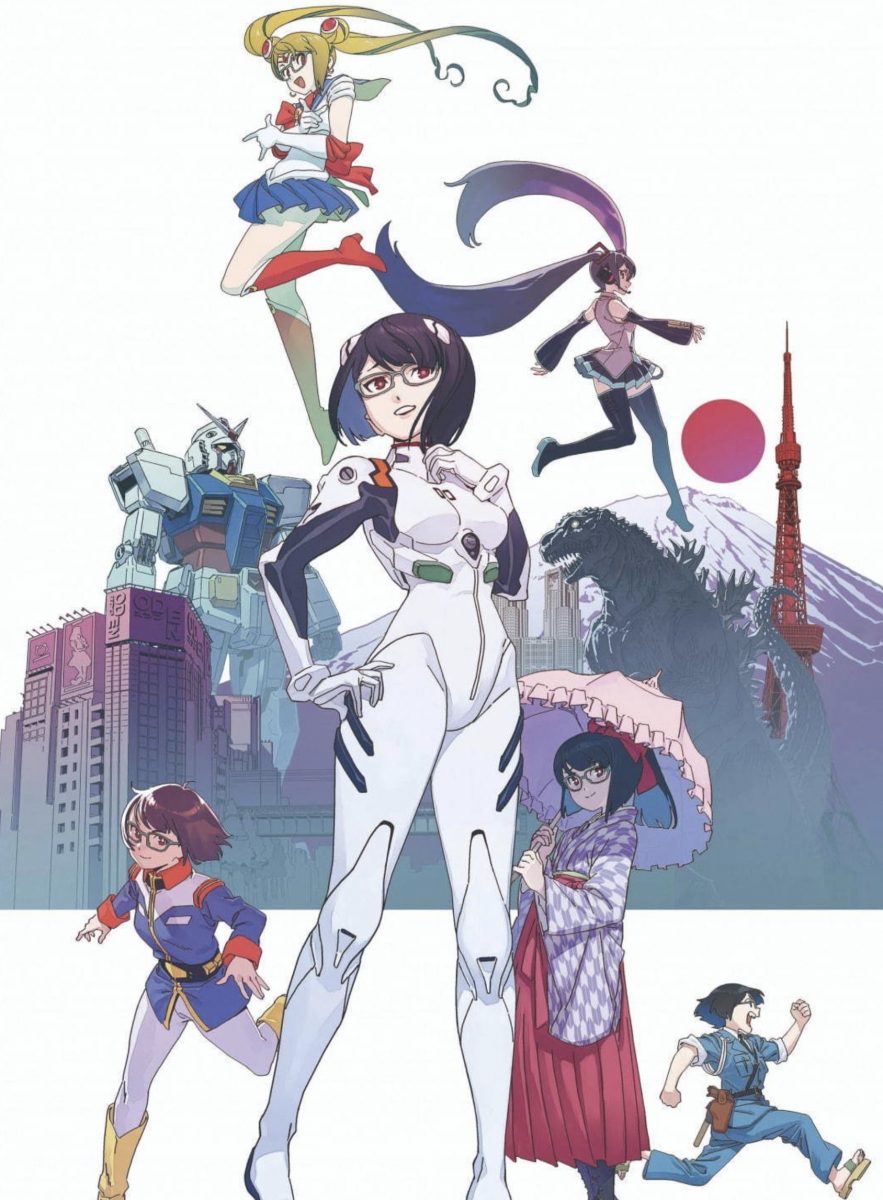
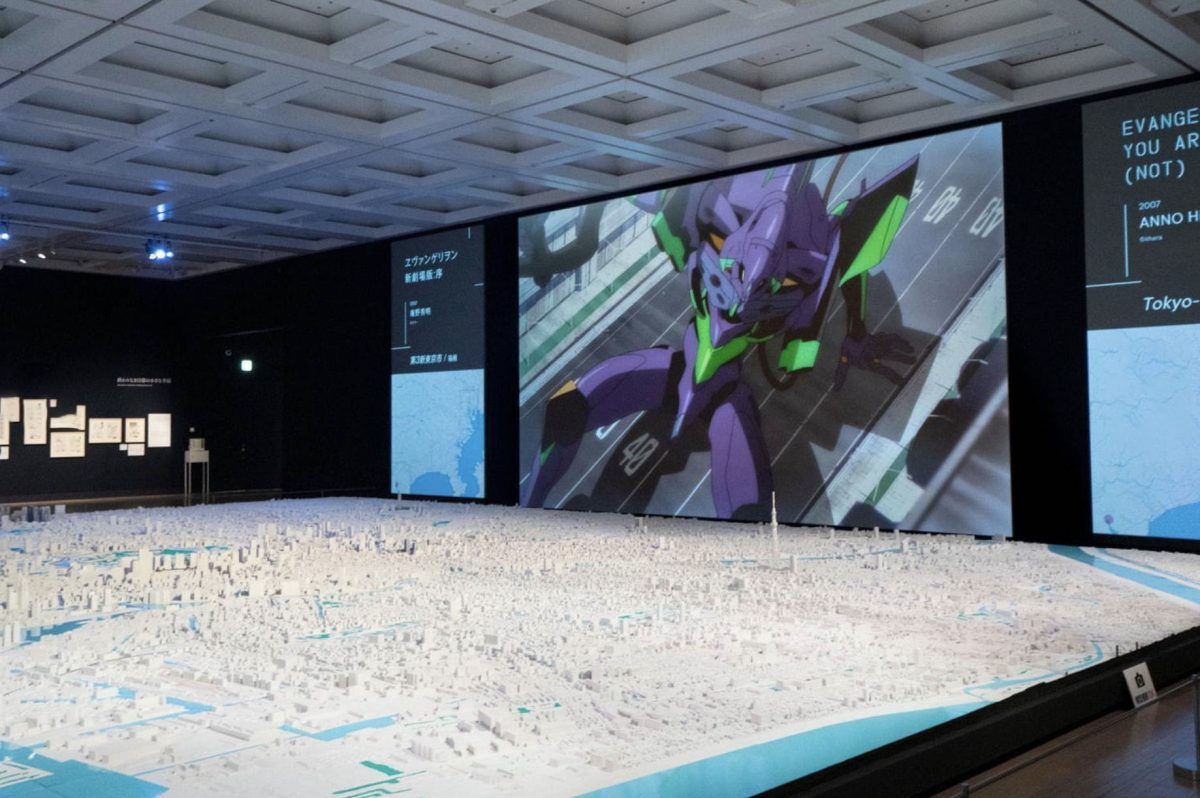
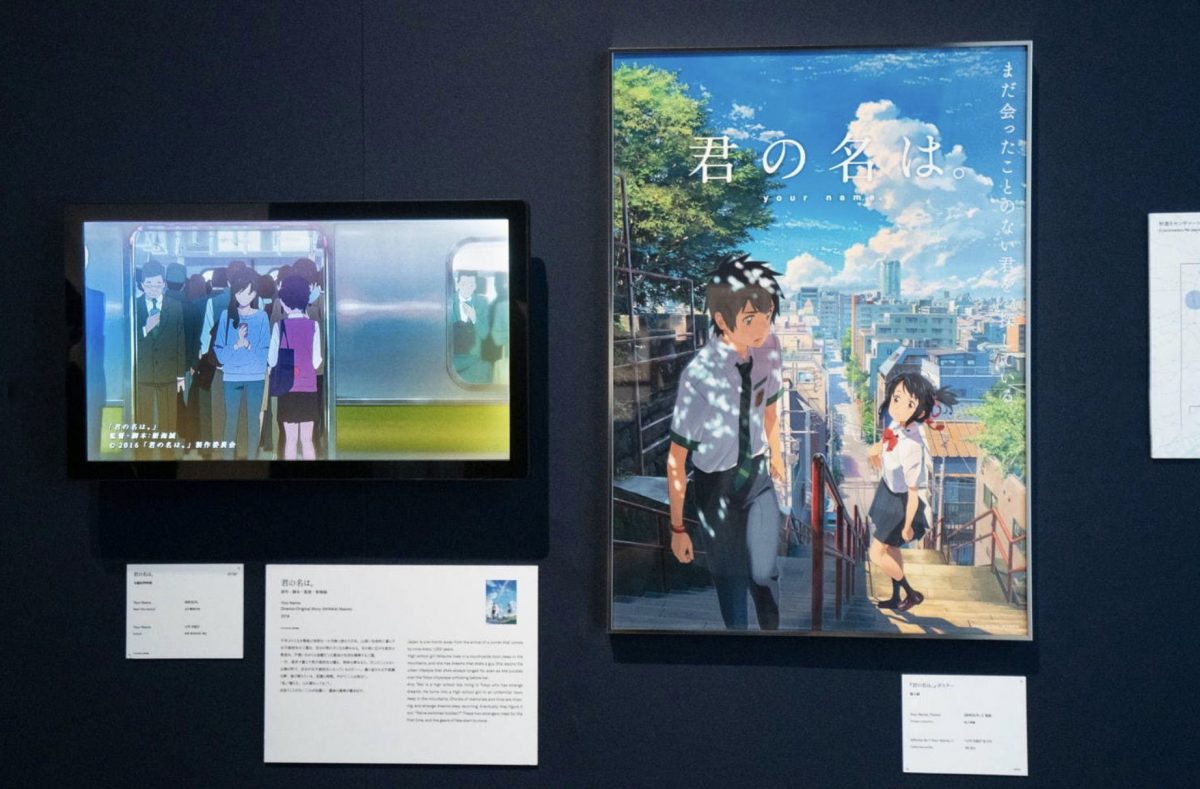
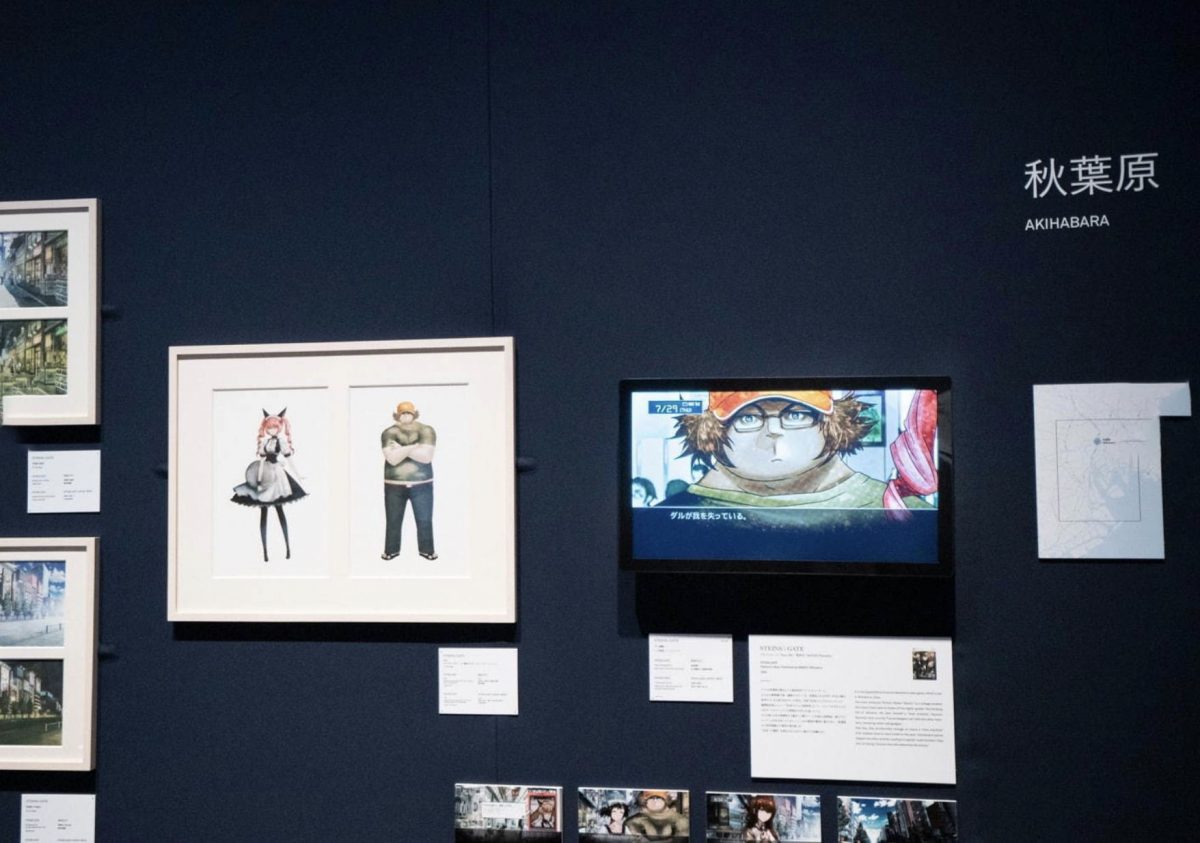
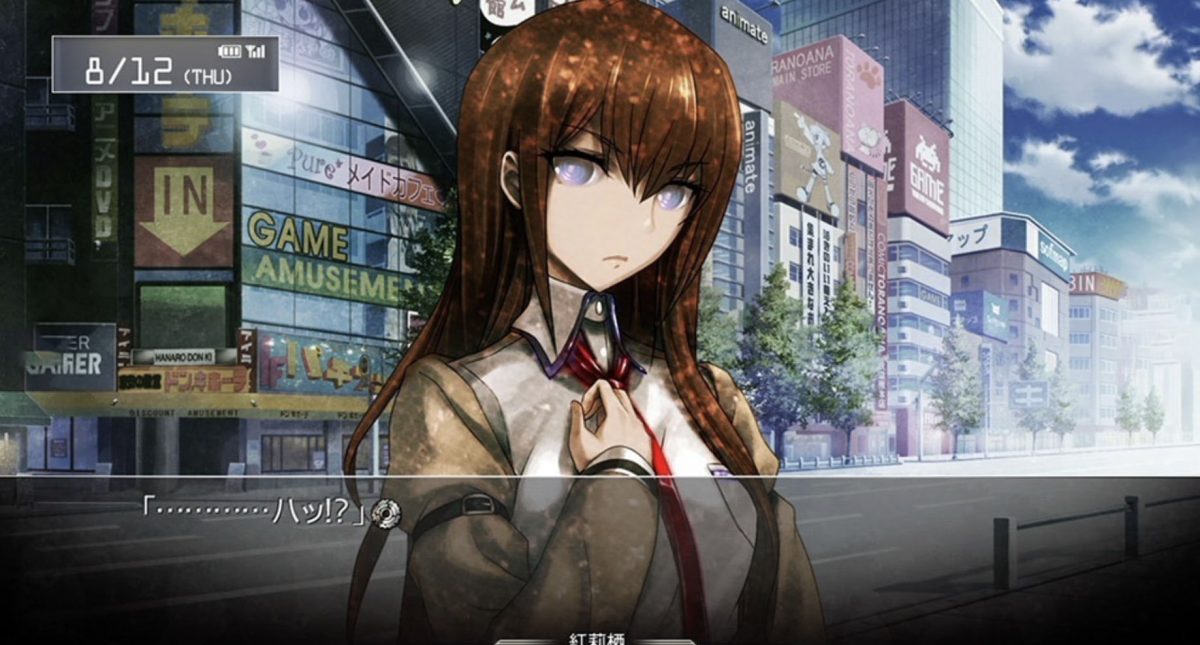
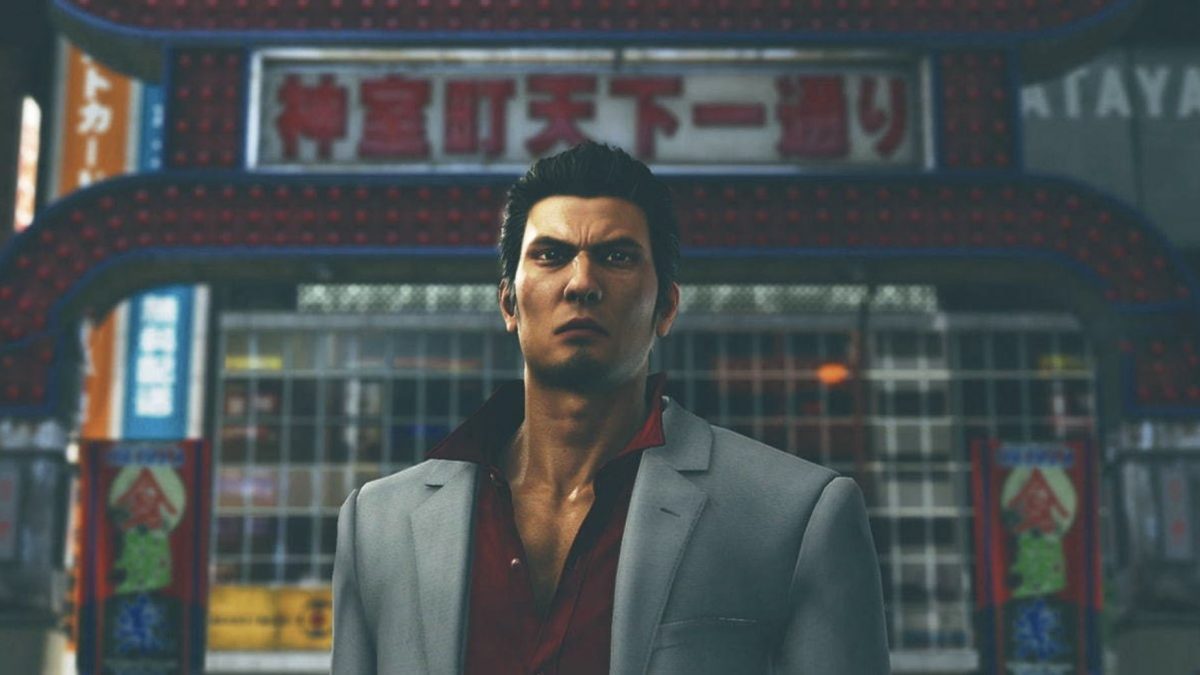
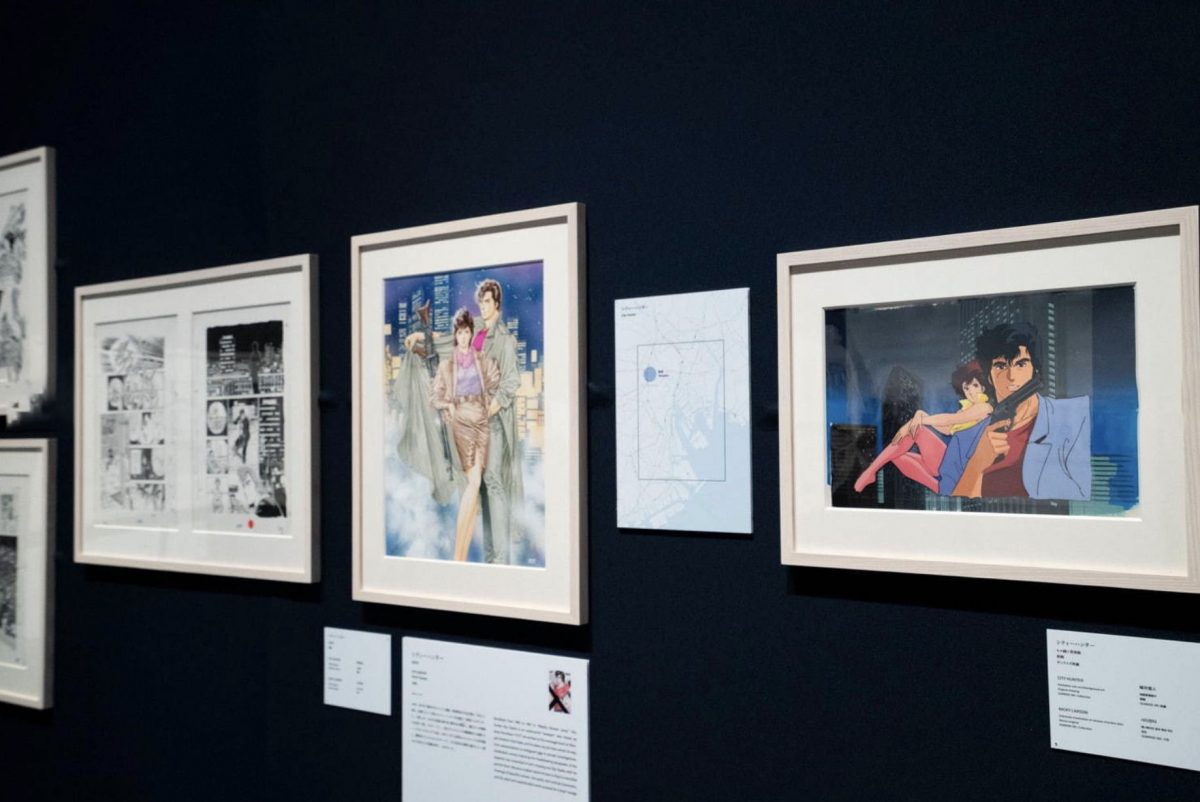
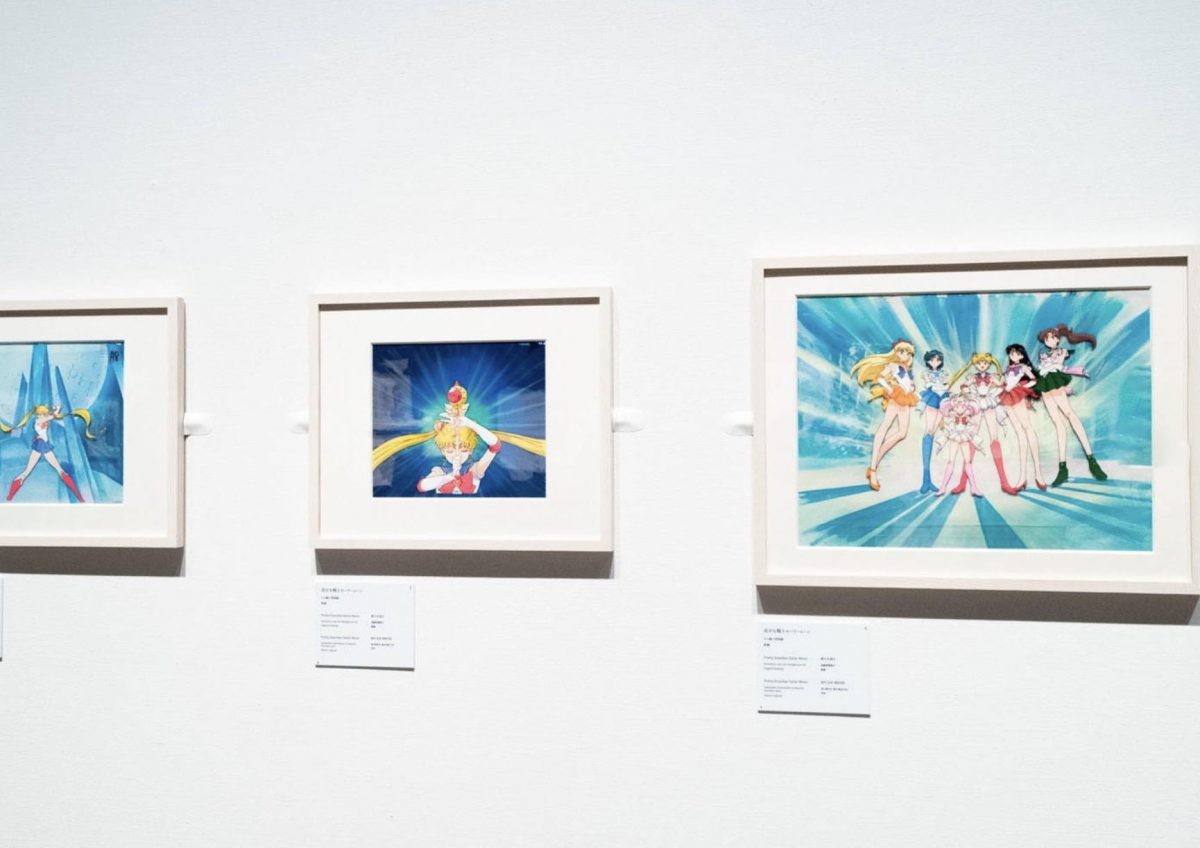
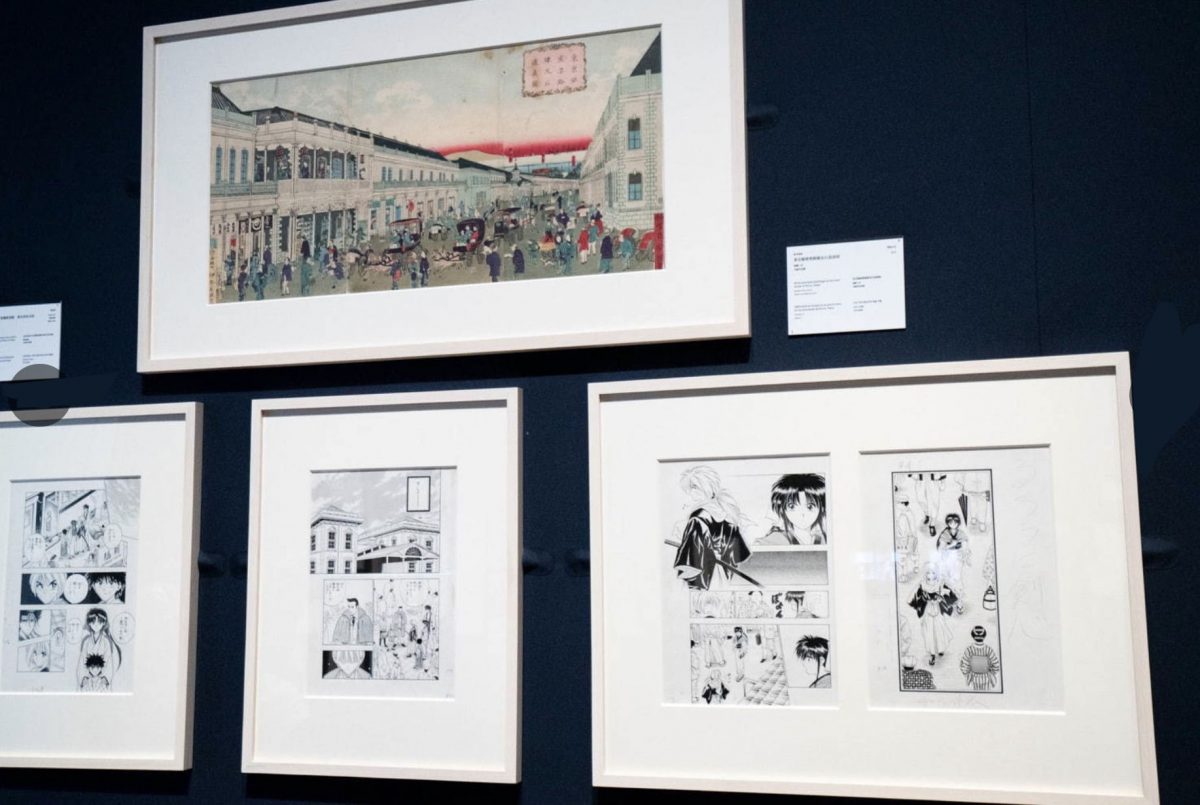
Thanks for reading this report on the MANGA CITY TOKYO art exhibition held in the National Art Center in Roppongi. If you have any questions or ideas you’d like us to blog about, tell us below or on Twitter!
Remember, J-List stocks all the cutest anime figures, including the more kawaii Nendoroid figures from Good Smile Company. Browse all the new Nendoroid figures here!


